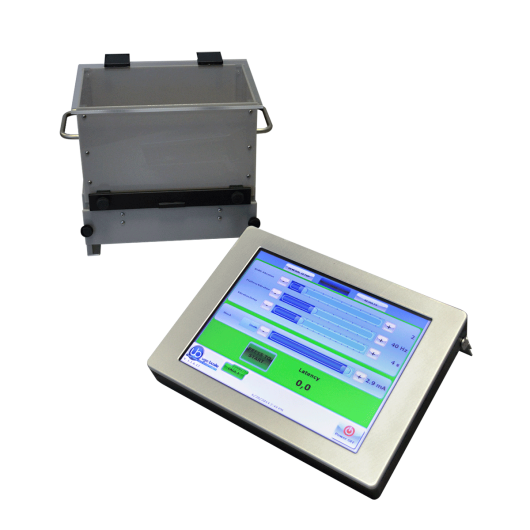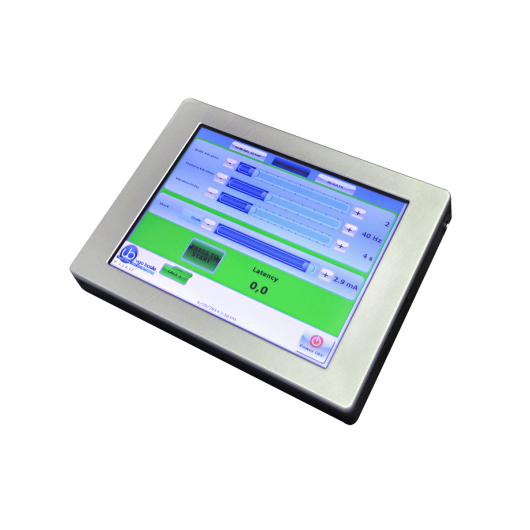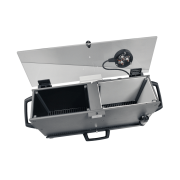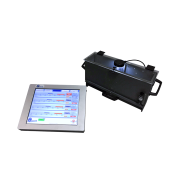

Passive Avoidance - step down (vibrating platform) for mice
A classic way to assess short or long-term memory in small laboratory animals (rodents) using a fear-motivated avoidance task. Used routinely in animal model studies of aging and Alzheimer-type dementia, including the search for new therapeutic drugs. An efficient, reliable instrument for use with mice (or small rats). A silent, automated sliding door divides compartments. Precision 8-pole shocker.
Background
- Passive Avoidance Test is used to assess memory function based on the association formed between a specific environmental context, which the animal learns to avoid, and an aversive stimulus, represented by a mild foot shock.
- Conduct tests in our two-compartment apparatus, in which one is dimly lit and preferable to a rodent, and the other is brightly lit.
Efficient, flexible, easy to set up and manage
- Ugo Basile Passive Avoidance set-up comprises:
- A mouse cage with one controller for up to 4 cages.
- 2 compartments: START which is light and illuminated. ESCAPE, which is dark with a grid floor, connected to a constant-current high precision 8-pole shocker.
- Silent, automated sliding door dividing compartments. Opens at pre-set delay and enables the latency timer that tracks time of animal crossing.
- Tilting floor provides a simple and reliable detection mechanism to score the animal’s movement across the two compartments.
- Versatile Controller with 12” touch-screen for managing your Passive and Active Avoidance tests.
- Multiple configurations can be controlled by the large touch-screen.
- Data is recorded, displayed and stored in the control unit. Transfer test data to your PC using the USB key (supplied) for further processing using Excel, Access, etc.
- Optional expansion box (extra) can connect up to 4 cages to the same Controller.
- Part of the expandable, convenient Beehive Cage-Manager system. Use one touch screen controller to control and manage all of your Ugo Basile cages. Ask for details!
Applications of passive avoidance test
Behavioral scientists are well acquainted with passive avoidance methods that have been used for several decades, originally by psychologists, who were interested in animal behavior. These procedures were later exploited by neuroscientists, who specifically perform sys-tematic studies of the behavioral changes mainly produced by brain lesions, to define the functions of different C.N.S. sections.
The Passive Avoidance was soon extended to several other areas of research such as behavior genetics, psychopharmacology and behavioral toxicology. More recently, such use has become routine in animal model studies of aging and of Alz-heimer-type dementia, including the search for new drugs of potential therapeutic value, consisting of attenuation of behavioral deficits. The Passive Avoidance task is a one trial fear-motivated avoidance task, classically used to assess short-term or long-term memory on small laboratory animals (rodents).
Passive Avoidance is a broad term that includes an ample selection of methods and an equally wide variety of different versions of each method. In Ugo Basile Passive Avoidance instrument one exploits the tendency to step down from a vi-brating, hence definitely uncomfortable floor section.




